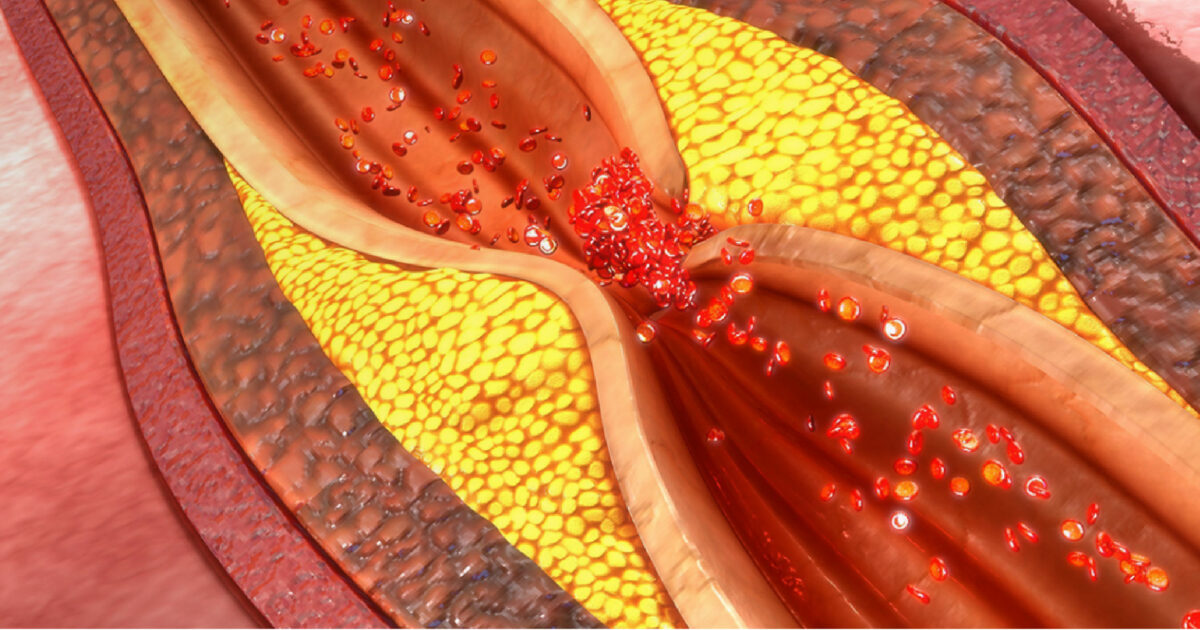Coronary artery occlusion can be life-threatening if not treated promptly.


Translated by AI
Understanding Coronary Artery Disease
Coronary artery disease results from the deterioration of the blood vessels, due to fat and calcium buildup, leading to blockages or bursting of arteries. This results in the heart muscle being deprived of blood, leading to sudden death in some cases. Factors contributing to coronary artery deterioration include smoking, high blood pressure, high blood cholesterol, diabetes, and obesity, among others.Causes of Coronary Artery Disease
The causes of coronary artery disease are found to be closely related to diet, as Thai people’s consumption habits have shifted towards fast food with high fat and carbohydrate content. Additionally, urban living has led to decreased physical activity and increased stress compared to the past.Symptoms of Coronary Artery Disease
Some patients with partially blocked coronary arteries may not show symptoms, but those with significant blockage often experience severe chest pain unbearable as if something heavy is crushing the middle of the chest, like being stepped on by an elephant, or the pain may radiate to the jaw or down to the left arm.
Treatment of Coronary Artery Disease
The popular treatment method is surgery to bypass the coronary arteries, known as “coronary artery bypass grafting (CABG).” Surgeons use the veins from the left chest or the artery from the left arm, or veins from the leg from the inner ankle to the inner thigh, to sew onto the arteries to carry oxygenated blood from the large arteries to the part of the heart muscle deprived of blood, bypassing the blocked sections. Surgery is mostly decided upon when the arteries are about 70% blocked or more. However, if there is fat buildup without calcification and the patient is between the ages of 30 – 40, medication might help reduce the fat, or if there is a single blockage, medication or balloon angioplasty may be options.
Coronary Artery Bypass Surgery
There are currently 2 methods for coronary artery bypass surgery to treat coronary artery disease:
- Coronary artery bypass surgery without the use of a heart-lung machine (Off – Pump CABG) or “beating heart” surgery
- Coronary artery bypass surgery with the use of a heart-lung machine (On Pump CABG) to “stop” the heart completely
Usually, heart surgeons use the coronary artery bypass surgery method with a heart-lung machine to stop the heart’s operations completely, but at Bangkok Heart Hospital, heart surgeons specialize in performing beating-heart surgery using a device to stabilize the heart. An advantage of this type of surgery is that patients do not have complications from the heart-lung machine, although complications such as temporary kidney failure, stroke after surgery, or bleeding problems may occur in 2 – 3% of cases with other underlying conditions. Moreover, beating-heart surgery also reduces the amount of blood used, shortens surgery and anesthesia time, and decreases hospital recovery time compared to traditional surgery.
Currently, Thai coronary artery bypass surgery is performed using both methods. The non-stop heart method is a new technology introduced over a decade ago, whereas the traditional method using a heart-lung machine has been in use for over 40 years. Bangkok Heart Hospital has developed its non-stop heart coronary bypass surgery, which offers better outcomes than the traditional method but comes with a minimal risk when bypassing the under-heart arteries while the heart is still beating. Nonetheless, specialized medical teams reduce risks and ensure patient confidence.
Bangkok Heart Hospital has a team of skilled cardiac surgeons ready to serve patients 24 hours a day, supported by medical experts specializing in heart disease and equipped with modern, internationally recognized heart surgery technology.

